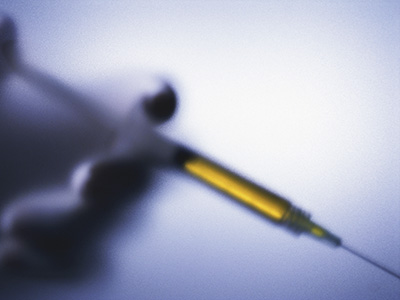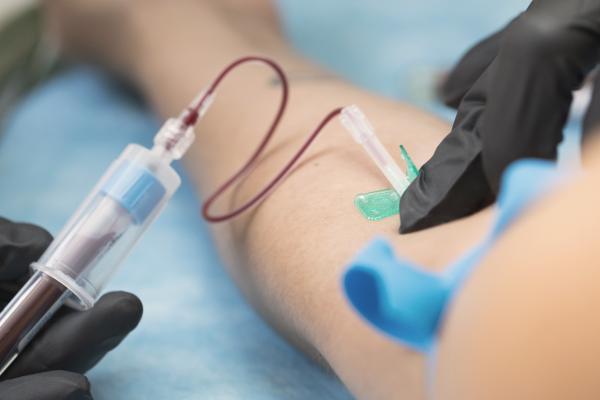
Study examines the efficacy of different testosterone injections specifically for trans males undergoing gender-affirming therapy.
Needle phobia is very real for many people, and the thought of immunizations, or having blood drawn, can send them into a panic. But for transgender (trans) males, that is, individuals who were born considered female but self-identify on the male spectrum, regular injections of testosterone deep into muscle are a necessary pain as part of gender affirming therapy.
Although intramuscular injections are standard care for trans males, Vancouver Coastal Health Research Institute (VCHRI) scientist Dr. David Wilson embarked on a study to investigate whether trans males who are using an alternative method to inject testosterone only as far as under the skin (i.e. subcutaneously), because it’s less painful, achieve the same levels of hormone uptake and receive the same benefits of testosterone as those who inject intramuscularly.
“The vast majority of trans males using testosterone use it intramuscularly simply because that’s the way clinicians were taught to prescribe it,” says Dr. Wilson, clinical instructor in the Department of Family Practice in the Faculty of Medicine at the University of British Columbia. “A lot of information we have comparing the benefits of these two testosterone injections has been gleaned from cisgender (CIS) males—i.e. males who were born male and identify as male—who’ve used testosterone. However, trans males are a small segment of the population and there’s never been any research into whether they can benefit by injecting subcutaneously.”
“There’s an assumption that previous findings about CIS males apply to trans males but that is a big leap of faith considering the trans male starts out with a different physiological make up and tissue receptors that are not used to higher levels of testosterone.”

Among his 14 study participants, Dr. Wilson found that essentially there was no difference between the two groups—those who injected testosterone subcutaneously and those who did so intramuscularly—in terms of their levels of testosterone.
“However, we also found quite significant variation in levels of testosterone week-to-week among study participants, even using the same hormone dose and the same intramuscular or subcutaneous method,” he explains. “ It was a bit of an eye-opener. I think that’s one of the interesting consequences to the research, the variability, which means that perhaps a bit like blood pressure, you can’t hang your hat on just one reading.”

“There’s often been this description of needle fatigue among trans males—they’re self-inject in the leg muscle, which is more uncomfortable and they have to get themselves psyched up to do it,” he says. “And as a result, people stop wanting to do it and fall off their injection schedule. That’s something we want to avoid.”
The study also opens up possibilities for a number of future research projects. Some participants suggested that the amount of testosterone needed to achieve therapeutic levels seemed lower using the subcutaneous route, and some participants experienced a reduction in mood swings. The research team was approached by an international biomedical company to consider using saliva tests to determine blood levels of testosterone, which again may mean fewer needles as well as the possibility of individuals doing daily testing to see what their own testosterone profile looks like during the week between injections.
According to Dr. Wilson, the broadening of health research looking at trans populations is necessary and inevitable.
“Trans-specific research will increasingly become crucial to proper care as the uniqueness of these individuals is increasingly apparent.”


